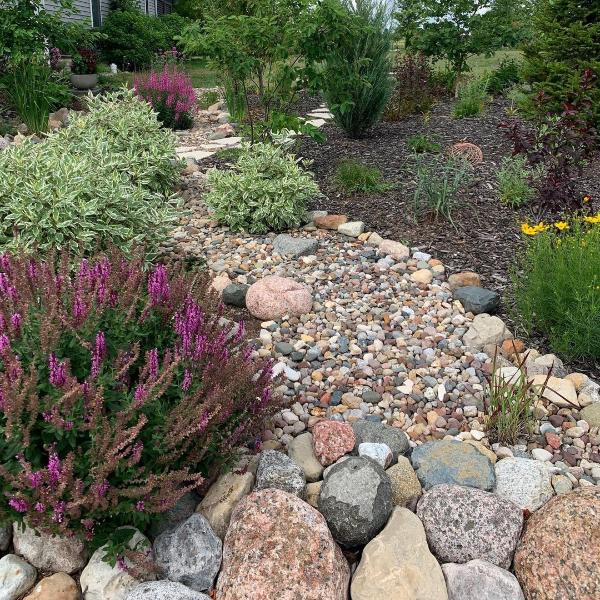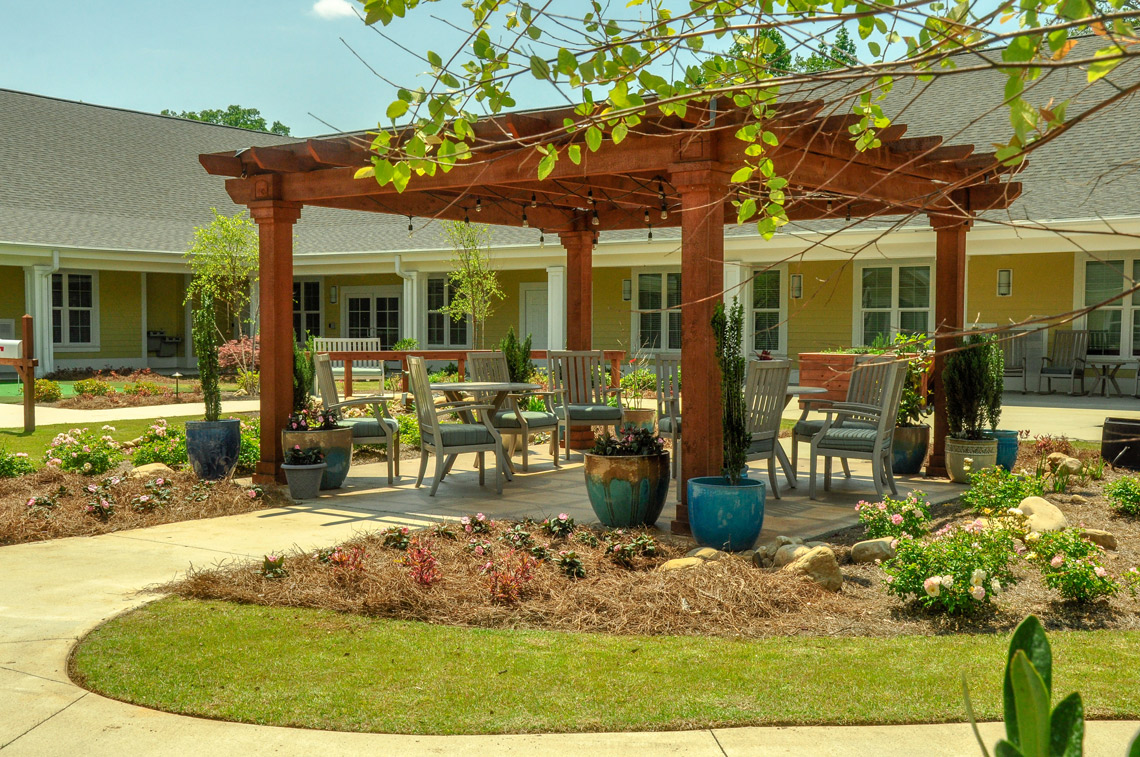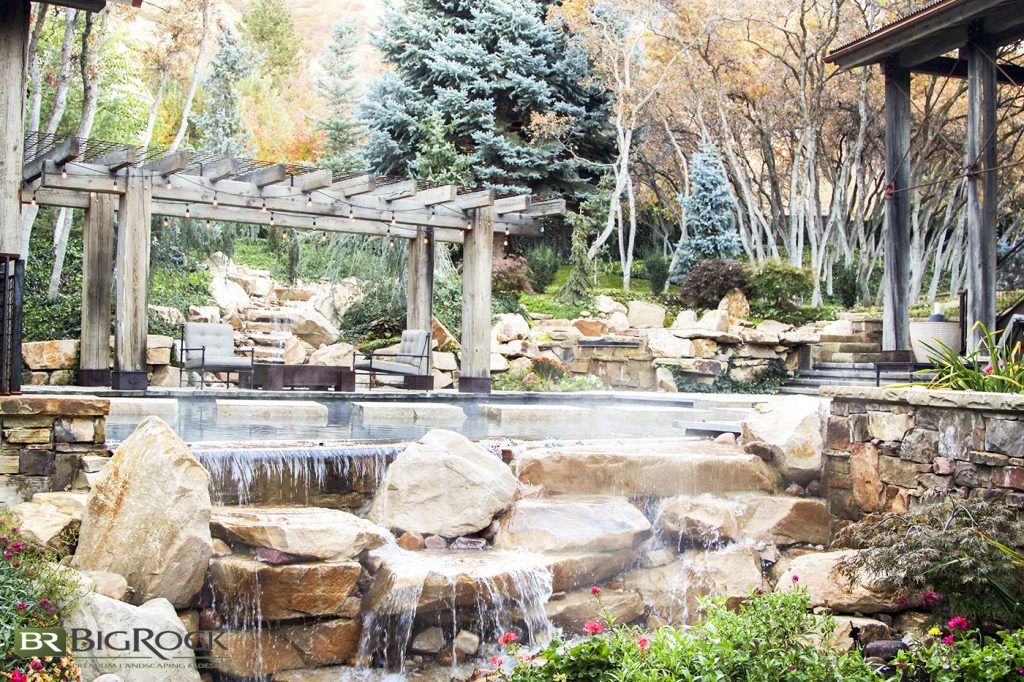9 Easy Facts About Hilton Head Landscapes Explained
9 Easy Facts About Hilton Head Landscapes Explained
Blog Article
The smart Trick of Hilton Head Landscapes That Nobody is Discussing
Table of ContentsThe smart Trick of Hilton Head Landscapes That Nobody is DiscussingGetting My Hilton Head Landscapes To WorkGetting My Hilton Head Landscapes To WorkSome Known Questions About Hilton Head Landscapes.4 Simple Techniques For Hilton Head LandscapesThe Ultimate Guide To Hilton Head LandscapesThe Definitive Guide to Hilton Head LandscapesHilton Head Landscapes for Dummies
Type compatibility is also a major component of unity in designone or 2 strikingly various forms benefit comparison and emphasis, but usually all various other forms should have some resemblances for a combined look. Appearance describes exactly how rugged or great the surface area of the plant or hardscape product really feels and/or looks.
Examples of plants with rugged structure consist of philodendrons, agaves, bromeliads, hollies, hands, and hydrangeas. Attributes that produce great texture include small foliage; slim, strappy fallen leaves (yards) or high, slim stems; little, thick twigs and little branches; long stems (creeping plants); and little, fragile blossoms.
6 Simple Techniques For Hilton Head Landscapes
A lot of plants are medium appearance, in that they can not be called having either rugged or great texture. They are defined by medium-sized fallen leaves with basic shapes and smooth edges. The average-sized branches are not largely spaced nor extensively spaced, and the total kind is normally rounded or mounding. Medium-textured plants serve as a background to web link and link the coarse- and fine-textured plants.

To make a space really feel smaller sized, put the crude structures along the outer perimeter and the great textures closest to the audience. The detail of the rugged structure makes the plants appear closer and makes the space really feel smaller sized. The perceived appearance of plants can likewise change with the range from the plant.
Not known Details About Hilton Head Landscapes
Strong shades enhance the contrast and make the texture show up coarser, while muted colors can squash structure. Hardscape with a coarse texturesuch as very rough rocks and strong, huge timberstends to make all plant material appear a lot more moderate textured. Developers often develop a texture research (Figure 8) on paper to help decide the plan of plant materials.
Number 8. Appearance research. Shade in plant material and hardscape includes passion and selection to the landscape. Color is the most obvious aspect in the landscape and is typically the emphasis of most home owners; nonetheless, it is likewise one of the most short-term aspect, usually lasting just a couple of weeks a year for private plants.
The 10-Minute Rule for Hilton Head Landscapes
A simple summary of the color wheel consists of the three primaries of red, blue, and yellow; the 3 additional colors (a mix of 2 primaries) of eco-friendly, orange, and violet; and 6 tertiary shades (a mix of one nearby key and second color), such as red-orange. Shade concept discusses the connection of shades to every various other and just how they ought to be made use of in a structure.

Similar (sometimes called harmonious) color design are any three to 5 shades that are nearby on the shade wheel, such as red, red-orange, orange, yellow-orange, and yellow, or blue, blue-violet, and violet (landscapers hilton head island). The colors belong per other since they normally consist of two primary colors blended to develop a second and 2 tertiary shades, which means they share usual residential properties
Complementary colors are usually located naturally in flowers; a typical pair is yellow and violet. Color is discovered in the blossoms, foliage, bark, and fruit of plants.
The Single Strategy To Use For Hilton Head Landscapes
Green foliage in all its numerous tones is the dominant shade by quantity, but other shades capture interest extra easily as a result of their high contrast to the color green. Color is also located in structures, rocks, pavers, timber, and furnishings. Many shades in natural materials, such as rock and timber, are usually soft and have a tendency to be variants of brown, tan, and pale yellow.
Colors have residential properties that can influence emotions, spatial understanding, light top quality, balance, and focus. Great shades have a tendency to be soothing and should be used in areas for leisure and peacefulness.
Excitement About Hilton Head Landscapes
Amazing colors have a tendency to recede and are viewed as being further away, making a space really feel bigger. Color can likewise be used to catch focus and straight views.
For instance, bright yellow, which has the highest possible strength, likewise has a high comparison with all other colors (commonly referred to as a "pop" of color) and should be conserved. A little quantity of extreme shade has as much visual weight as a huge quantity of an extra controlled or weak shade.
Analogous (in some cases called unified) color pattern are any type of three to five shades that are nearby on the color wheel, such as red, red-orange, orange, yellow-orange, and yellow, or blue, blue-violet, and violet. The colors relate per various other due to the fact that they commonly consist of two primaries blended to form a secondary and two tertiary colors, which implies they share typical buildings.
Not known Facts About Hilton Head Landscapes
Complementary shades are commonly discovered naturally in blossoms; a typical pair is yellow and violet. Shade is discovered in the flowers, vegetation, bark, and fruit of plants.
Eco-friendly foliage in all its various tones is the dominant shade by quantity, yet other colors record interest quicker as a result of their high comparison to the color environment-friendly - bluffton landscaping - https://anotepad.com/notes/s4pn3dek. Color is additionally discovered in buildings, rocks, pavers, timber, and furnishings. Most shades in natural products, such as stone and timber, are usually muted and often tend to be variations of brown, tan, and pale yellow
Things about Hilton Head Landscapes
Color is a crucial component for creating rate of interest and selection in the landscape. Shades have buildings that can affect emotions, spatial perception, light high quality, equilibrium, and focus. One home of color is defined relative to temperaturecolors seem amazing or warm and can impact feelings or sensations. Trendy shades tend to be calming and ought to be utilized in areas for relaxation and serenity.
Amazing colors often tend to decline and are perceived as being further away, making a space really feel larger. Color can also be made use of to capture attention and straight views - https://yoomark.com/content/family-owned-and-operated-hilton-head-landscapes-has-been-serving-beaufort-county-over.
For instance, bright yellow, which has anchor the highest strength, likewise has a high contrast with all various other shades (usually explained as a "pop" of color) and ought to be conserved. A percentage of intense color has as much aesthetic weight as a big amount of a much more suppressed or weaker shade.
Report this page